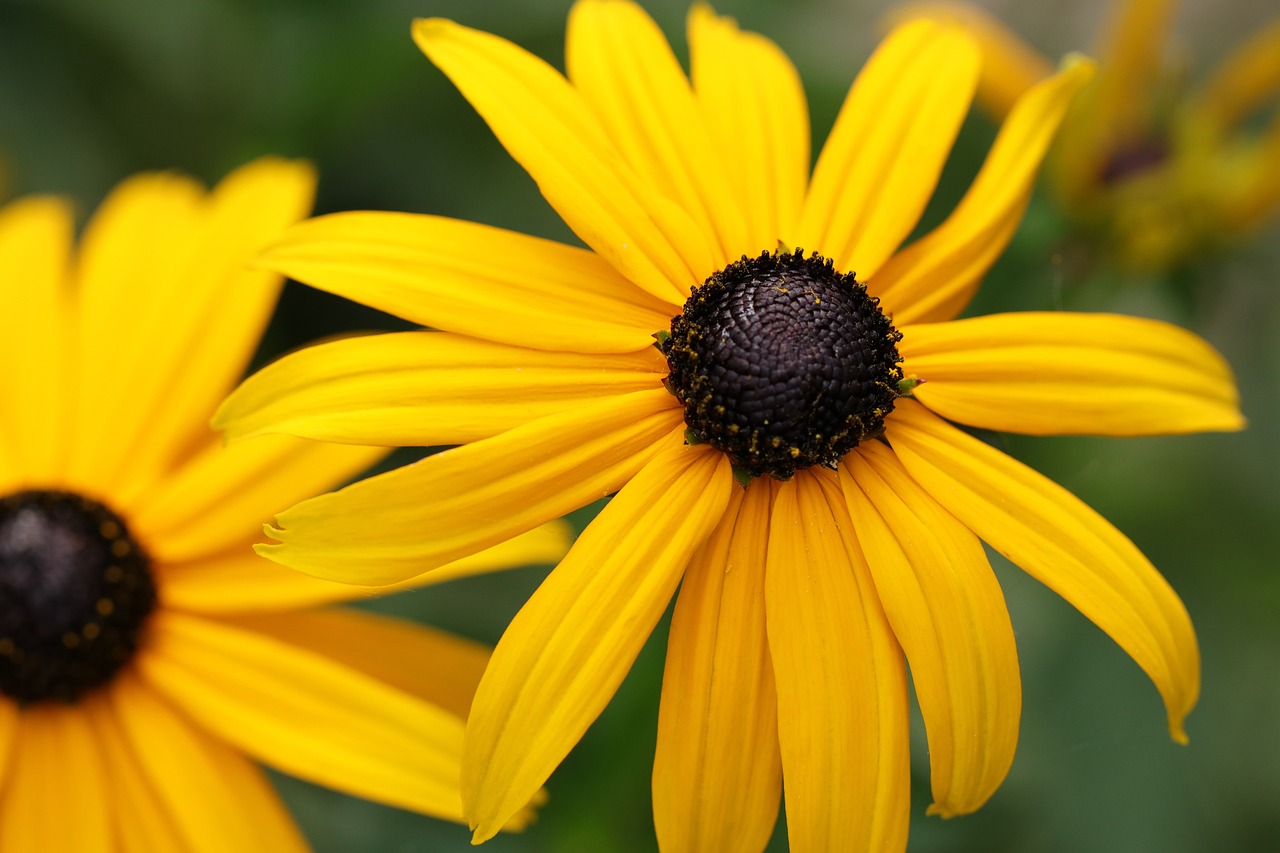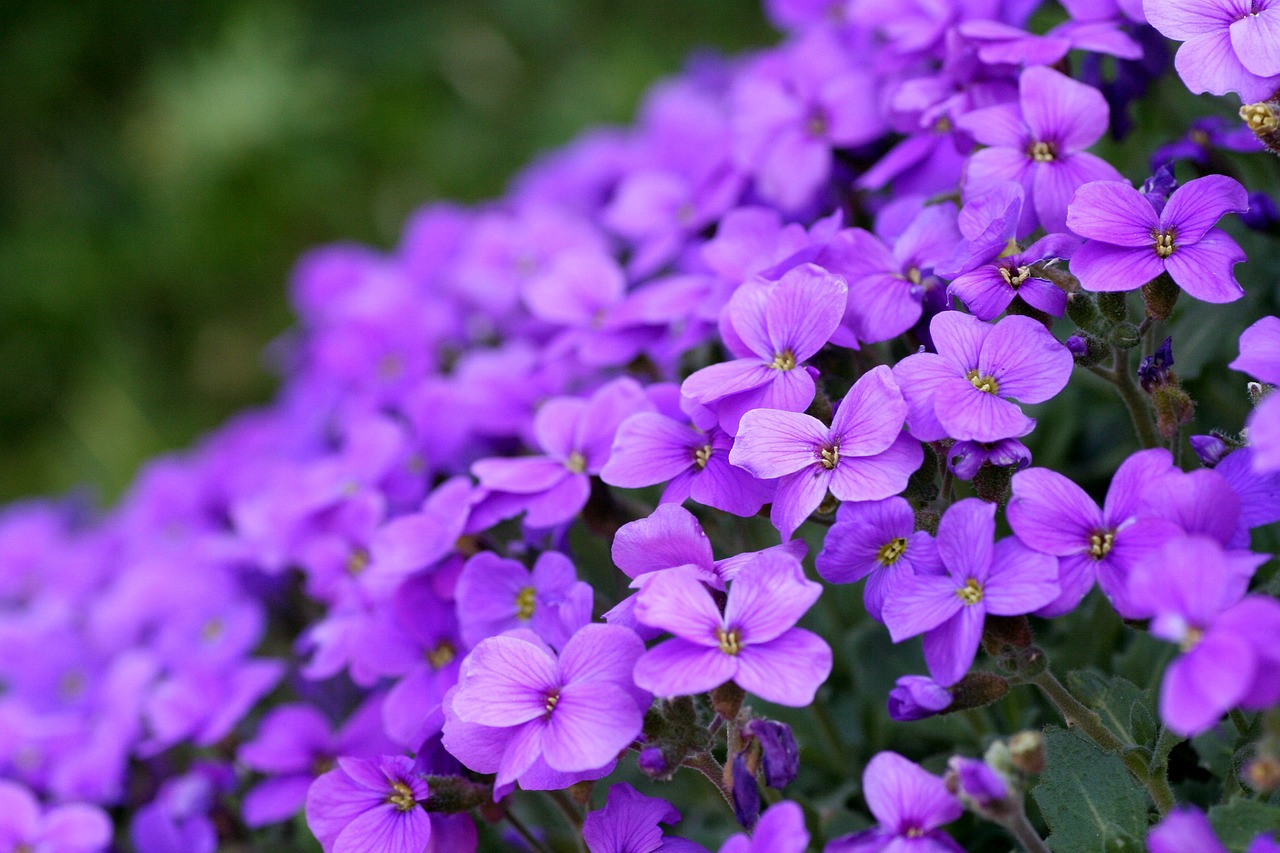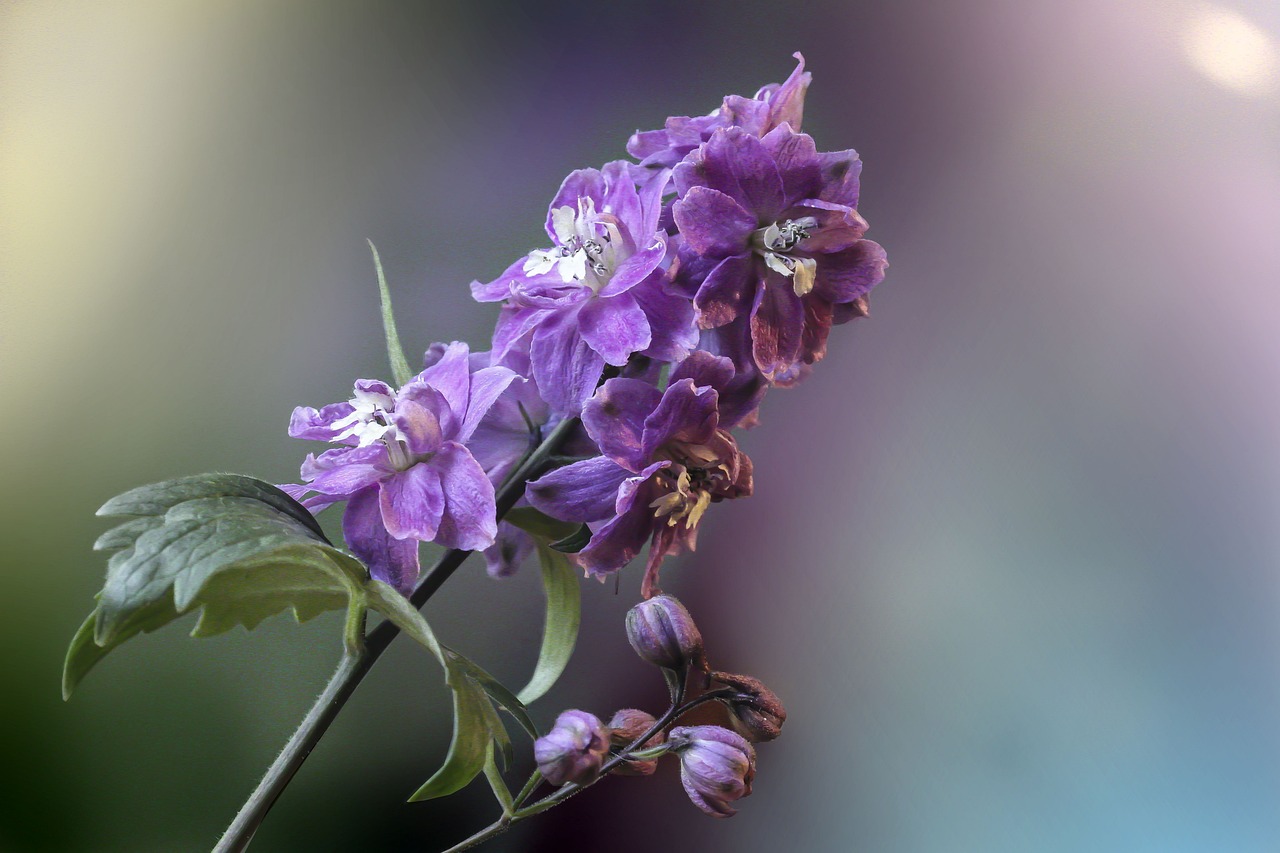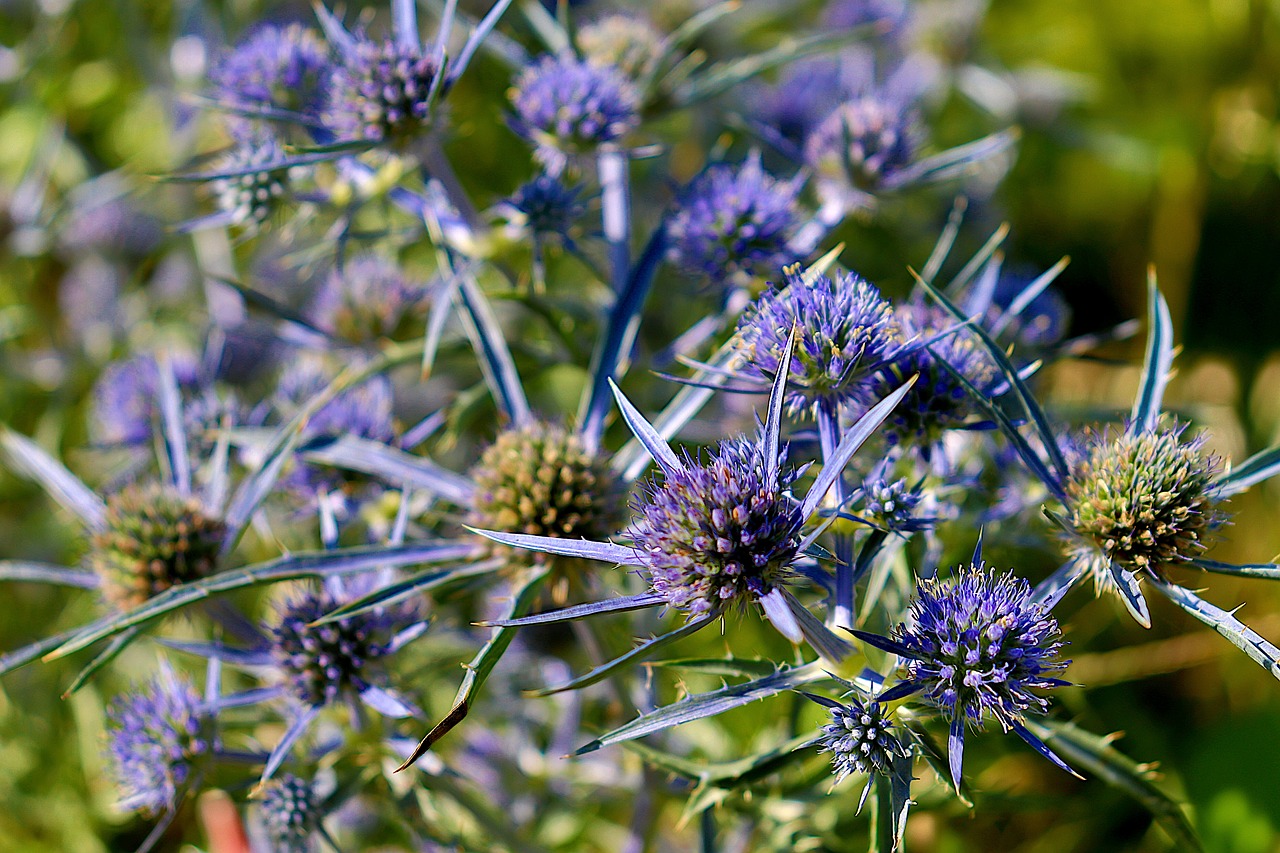Anagallis | The Star-Shaped Flower that Predicts the Weather
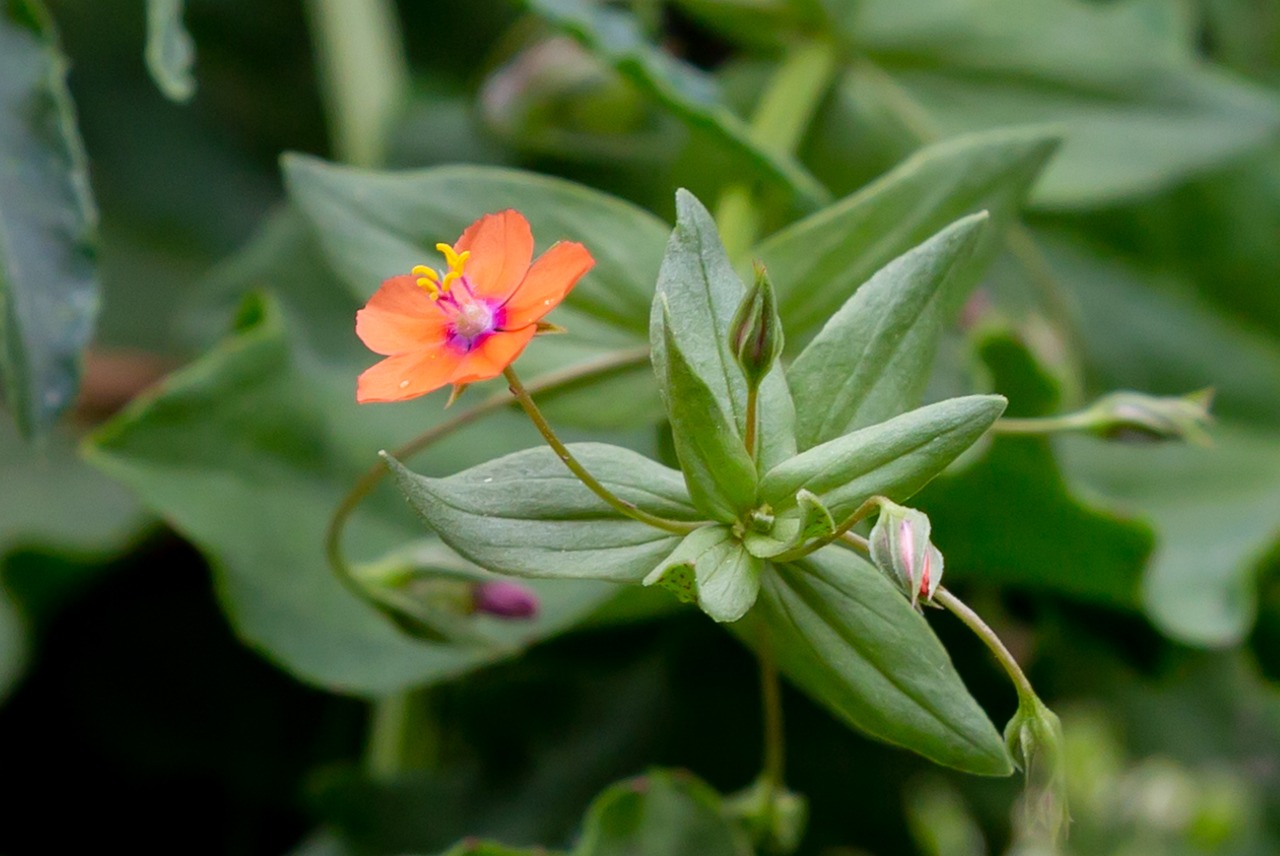
I would like to introduce Anagallis, an annual or perennial plant distinguished by its charming star-shaped flowers and its creeping growth habit. Thanks to its vivid colors and delicate appearance, it is popular as a ground cover in gardens and potted arrangements.
In this article, I will explain in detail the basic information about Anagallis, its cultural and historical background, and key points for successful cultivation.
Basic Information
- Scientific name: Anagallis arvensis
- Family: Primulaceae
- Origin: Europe, North Africa, West Asia
- Appearance: Anagallis grows to a height of about 10–30 cm, with stems spreading close to the ground. The flowers are star-shaped, 1–2 cm in diameter, and come in bright colors such as red, blue, purple, and orange. The leaves are small and oval-shaped, arranged opposite or in whorls along the stems.
- Blooming season: From spring to autumn (around April–October), offering long-lasting beauty in the garden.
Cultural Significance Worldwide
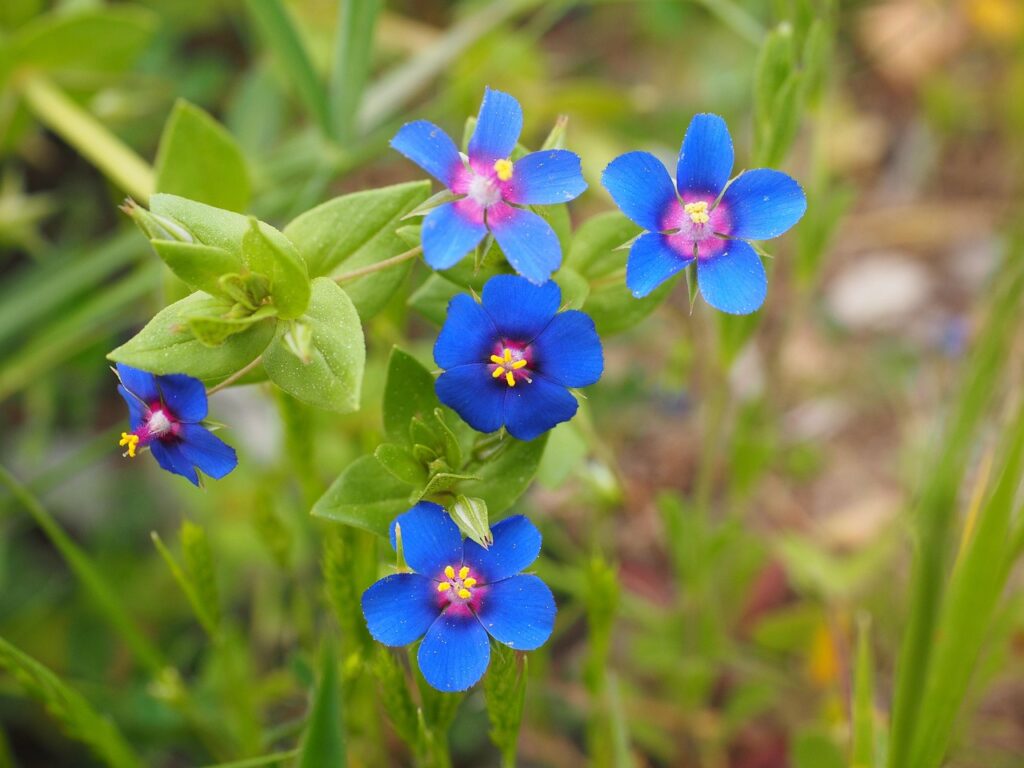
In Europe, Anagallis is widely known as the Scarlet Pimpernel, often depicted symbolically in literature and poetry.
In English literature, its vivid red flowers have sometimes been used as a motif symbolizing boldness and adventure.
In some regions, the plant is affectionately referred to as a “weather-forecasting flower,” since its blooms sometimes close during the day. Historically, people observed this phenomenon as a sign of changing weather.
Historical Episodes
Anagallis has been cherished in ancient Europe as a plant naturally growing in meadows and along roadsides.
Its bright flowers served as seasonal markers for people in rural areas.
During the Renaissance, Anagallis was introduced in botanical works as a garden plant and cultivated as an ornamental flower in monastery gardens.
Furthermore, the name “Scarlet Pimpernel” became famous as the symbol used by the protagonist in Baroness Orczy’s 19th-century novel. Through this literary work, Anagallis established itself as a cultural icon.
Gardening Advice
Anagallis is a hardy and easy-to-grow plant. Here are the key points for cultivation:
Sunlight
Prefers sunny locations, though it also grows in partial shade. In strong direct sunlight, providing some shade is beneficial.
Watering
Water moderately when the soil surface becomes dry. It is relatively drought-tolerant, but in summer, avoid letting the soil dry out completely.
Soil
Thrives in well-drained soil. Sandy soil or potting mix blended with pumice is suitable.
Fertilizer
Apply a slow-release fertilizer about once a month during the growing season (spring to autumn). Avoid overfertilization.
Pruning
Regularly trim back withered flowers and stems to encourage new blooms.
Conclusion
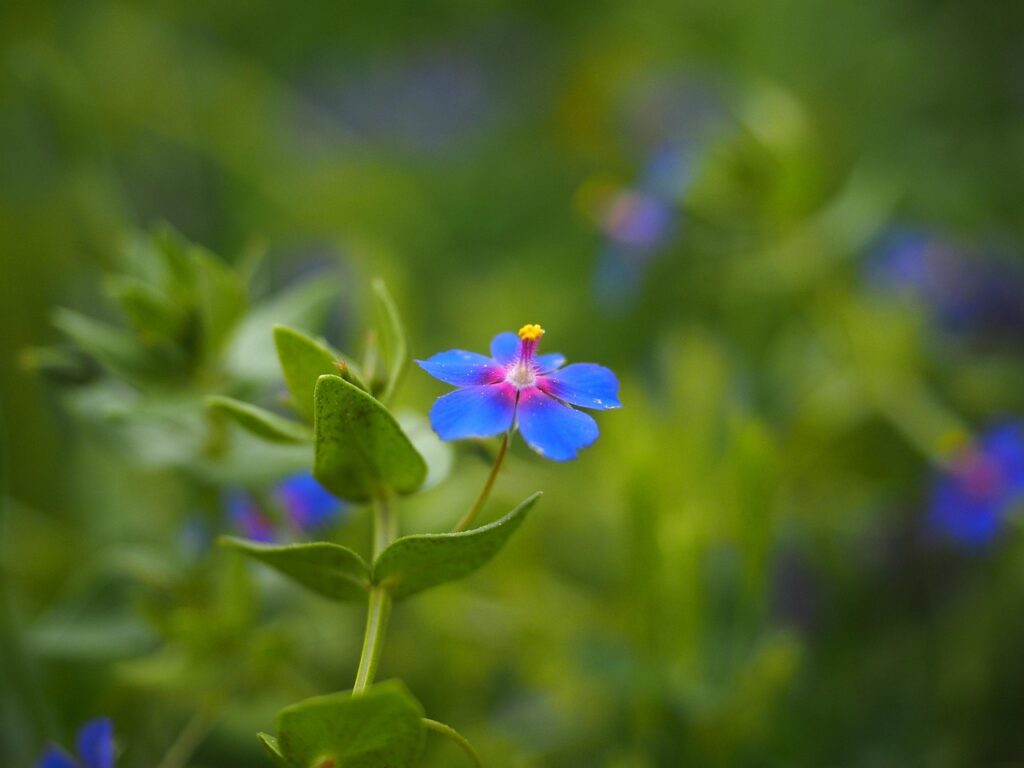
Anagallis is an attractive plant with its vivid star-shaped flowers and creeping growth habit. It provides long-lasting seasonal beauty and is well suited as a ground cover or in pots.
From beginners to experienced gardeners, I encourage you to grow Anagallis in your garden or containers and enjoy its charm throughout the year.


